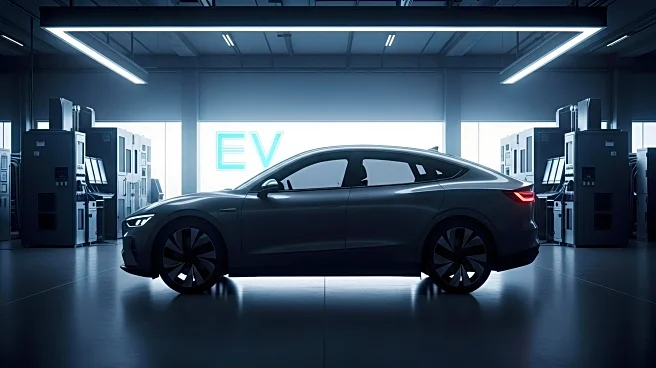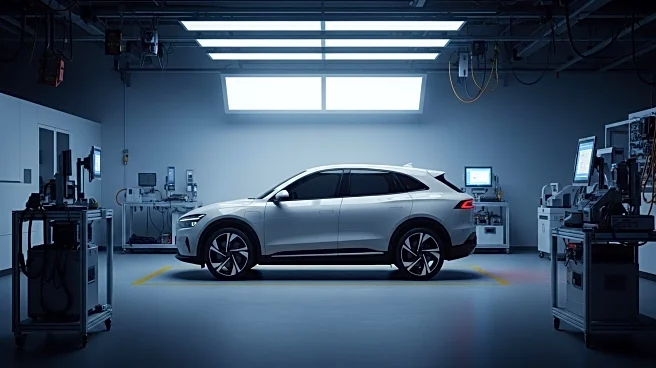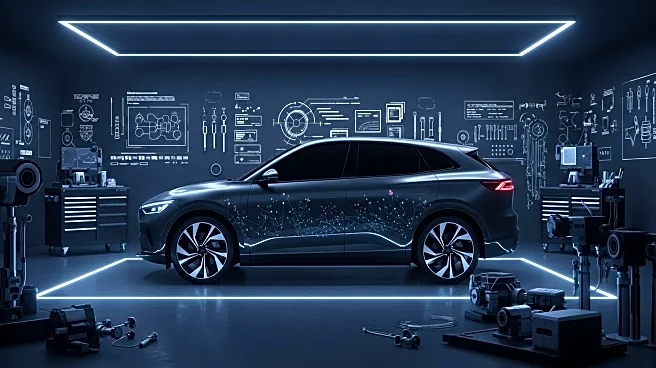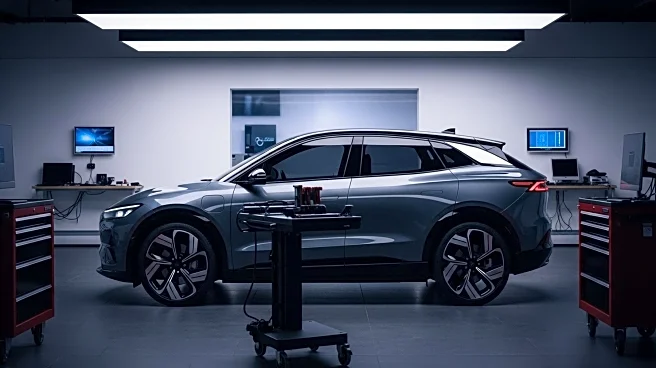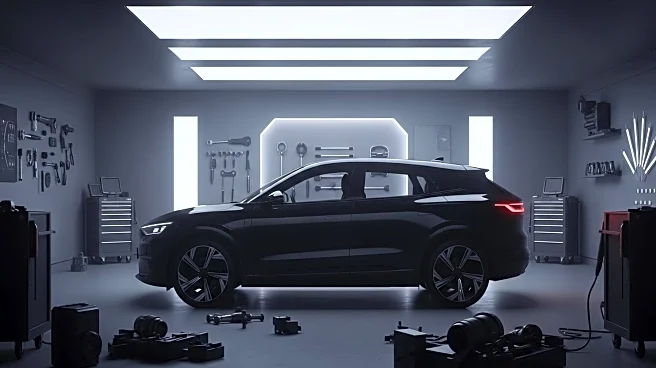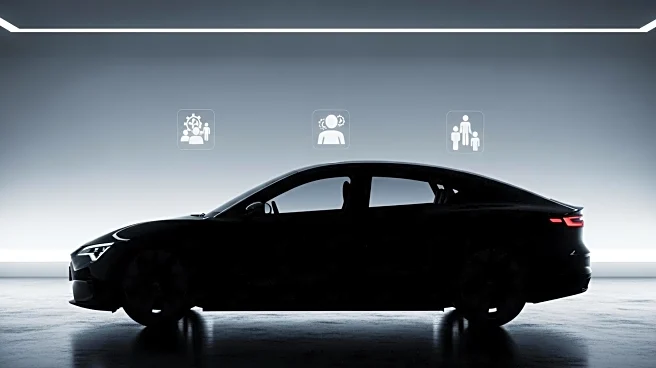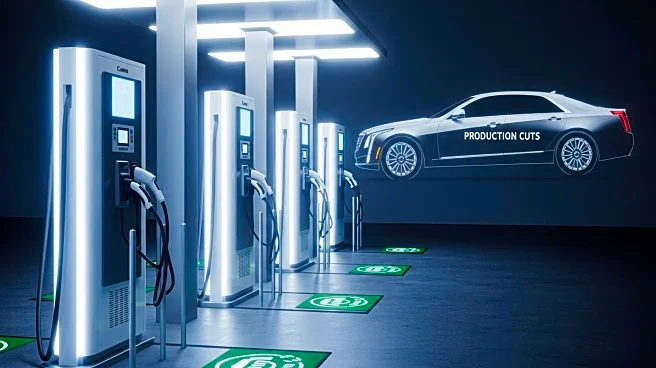What's Happening?
Rivian has announced a reduction in its workforce, affecting 1% of its manufacturing roles and 1.5% of its commercial teams. This move is part of the company's strategic realignment as it prepares for the 2026 launch of the R2, a more affordable SUV priced at $45,000. Rivian aims to streamline operations and reduce costs to improve efficiency and align resources with its strategic goals. Despite a $1.46 billion loss in Q2 2024, Rivian is shipping simplified versions of its R1 vehicles to achieve positive gross profit by year-end.
Why It's Important?
Rivian's workforce reduction is a significant step in its efforts to optimize operations and prepare for the R2 launch. This strategic realignment reflects the company's focus on cost management and operational efficiency, which are critical for competitiveness in the electric vehicle market. The layoffs may raise concerns about Rivian's ability to scale production and meet its financial targets, impacting investor confidence and market perception. Rivian's actions are indicative of broader industry trends where labor costs and production scalability are key factors in achieving profitability.
What's Next?
Rivian will continue to focus on operational efficiency and cost reduction as it prepares for the R2 launch. The company may face challenges in scaling production and achieving profitability, requiring careful management of resources and strategic planning. Rivian's ability to execute its R2 strategy and navigate regulatory risks will be closely monitored by investors and industry observers. The company's success will depend on its capacity to balance efficiency with growth in a competitive market.
Beyond the Headlines
Rivian's workforce reduction may influence other electric vehicle manufacturers to reassess their operational strategies and workforce management practices. The emphasis on cost optimization could lead to industry-wide shifts in production processes and labor management. Rivian's strategic moves may also impact regulatory policies related to labor costs and production efficiency, shaping the future of the electric vehicle sector.


